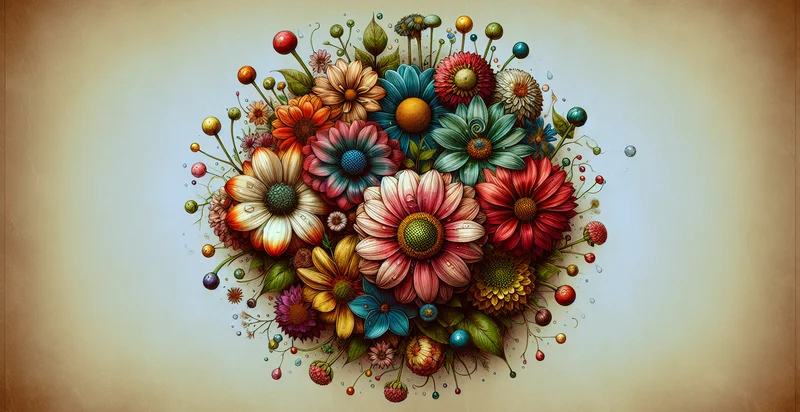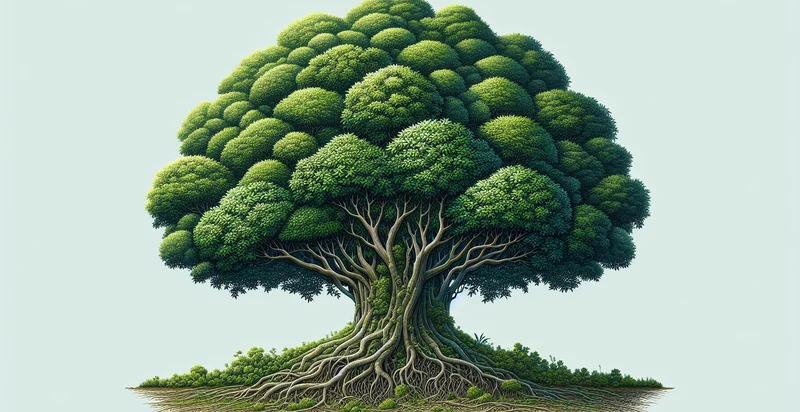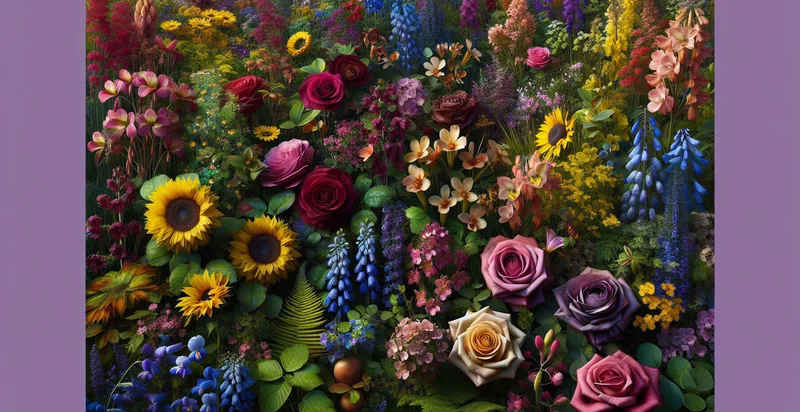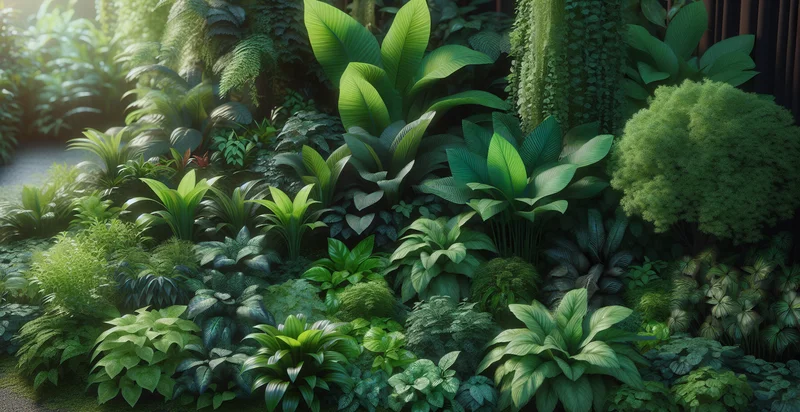Identify flower health
using AI
Below is a free classifier to identify flower health. Just upload your image, and our AI will predict the health status of various types of flowers - in just seconds.

Contact us for API access
Or, use Nyckel to build highly-accurate custom classifiers in just minutes. No PhD required.
Get started
import nyckel
credentials = nyckel.Credentials("YOUR_CLIENT_ID", "YOUR_CLIENT_SECRET")
nyckel.invoke("flower-health", "your_image_url", credentials)
fetch('https://www.nyckel.com/v1/functions/flower-health/invoke', {
method: 'POST',
headers: {
'Authorization': 'Bearer ' + 'YOUR_BEARER_TOKEN',
'Content-Type': 'application/json',
},
body: JSON.stringify(
{"data": "your_image_url"}
)
})
.then(response => response.json())
.then(data => console.log(data));
curl -X POST \
-H "Content-Type: application/json" \
-H "Authorization: Bearer YOUR_BEARER_TOKEN" \
-d '{"data": "your_image_url"}' \
https://www.nyckel.com/v1/functions/flower-health/invoke
How this classifier works
To start, upload your image. Our AI tool will then predict the health status of various types of flowers.
This pretrained image model uses a Nyckel-created dataset and has 25 labels, including Blooming, Budding, Damaged, Dead, Discolored, Dying, Faded, Healthy, Infested and Leafy.
We'll also show a confidence score (the higher the number, the more confident the AI model is around the health status of various types of flowers).
Whether you're just curious or building flower health detection into your application, we hope our classifier proves helpful.
Related Classifiers
Need to identify flower health at scale?
Get API or Zapier access to this classifier for free. It's perfect for:
- Agricultural Monitoring: The flower health identifier can be integrated into agricultural management systems to monitor crop health in real-time. Farmers can receive alerts about potential disease or pest infestations, allowing them to take prompt action to protect their crops.
- Retail Nursery Management: Nurseries can use the flower health identifier to assess the health of their plants before selling them. By confirming that only healthy flowers are offered to customers, nurseries can enhance customer satisfaction and reduce returns due to poor plant quality.
- Urban Landscaping Evaluation: Municipalities can employ the flower health identifier to monitor the health of flowers planted in public spaces. This technology helps city planners decide when to replace or treat plants, ensuring vibrant and appealing urban landscapes.
- Research and Development in Botany: Research institutions can leverage this function to conduct studies on plant health and respond to environmental changes. By classifying flower health accurately, researchers can gather data to improve horticultural practices and plant resilience.
- Online Plant Sales Platforms: E-commerce platforms specializing in plants can implement the flower health identifier to provide buyers with confidence in their purchases. By offering health assessments of flowers being sold, platforms can reduce misinformation and increase customer loyalty.
- Home Gardening Assistance: Gardening apps can integrate the flower health identifier to assist hobbyists in maintaining their gardens. By snapping a photo of their flowers, users can receive guidance on care and treatment, helping them cultivate a thriving home garden.
- Floral Supply Chain Management: Wholesalers can utilize the flower health identifier to assess incoming floral products for quality assurance. This ensures only the healthiest flowers are processed and distributed, leading to reduced waste and improved product quality for retailers.


